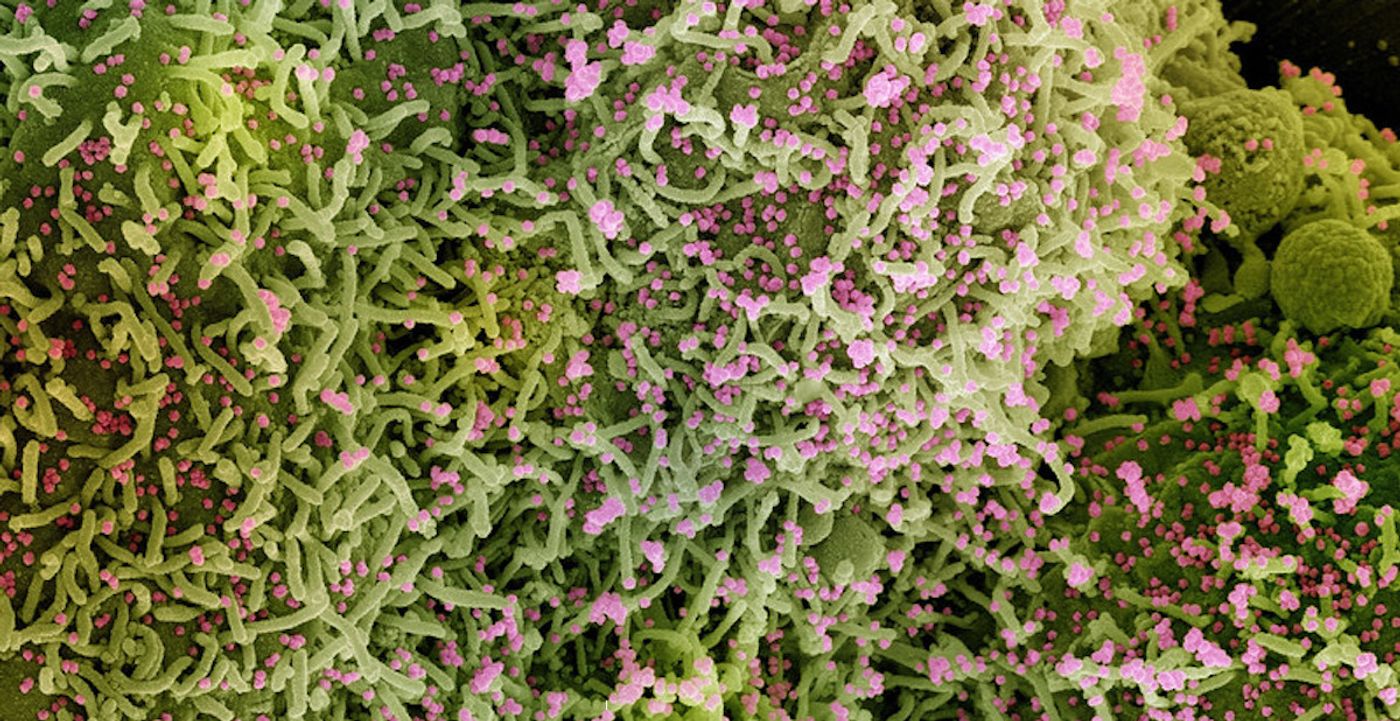Studying the Evolution of SARS-CoV-2 in One Patient Over 324 Days
To clear a viral infection, the human body has to mount an effective immune response. After detecting the pathogen, immune cells may go through a series of steps in which B cells can eventually be stimulated, giving rise to the production of antibodies that work against the invader. Those antibodies can usually eliminate the virus. But various parts of that process can go awry for different reasons. For example, some people receive therapeutics that deplete their B cells, making it very difficult for them to clear infections.
Researchers have been able to learn more about the evolution of the virus that causes COVID-19, SARS-CoV-2, by studying a patient who became infected early in the pandemic. That individual was a cancer survivor who had received CAR-T cell therapy in the past, and a major loss of functional B cells is a known side effect of that treatment.
Researchers outlined the course of this infection, which persisted and was symptomatic for at least 335 days, in a pre-print (that has not yet been peer-reviewed) in medRxiv. A genetic analysis revealed that this person was not reinfected; they carried around the same virus for almost a year.
The study authors noted that while many mutations in the viral genome have been described, these have typically focused on sequence changes that occur in the spike protein of the virus (which helps the pathgen latch on to host cells and gain entry). But there are several other viral proteins in the SARS-CoV-2 genome, and it seems likely that at least one of the other viral proteins would have some relevance to the infectiousness or pathogenicity of the virus.
“It is spike, spike, spike all the time, but spike only makes up 13% of the viral genome," Jonathan Li, an infectious disease expert at Brigham and Women’s Hospital and Harvard Medical School told Science.
The pre-print study identified a deletion in the spike protein sequence. It also described another huge deletion that completely eliminated two separate open reading frames (ORFs), portions of DNA that can be used to make protein; the coding regions of ORF7b and ORF8 were totally removed. While this deletion has been described in patients with normal immune systems, the study suggested that it's the first to find it in an immunocrompromised patient. Both ORF7b and ORF8 have been linked to the early release of anti-viral molecules called interferon-gamma.
The COVID-19 patient carrying these mutated viruses was hospitalized early on in their infection and given plasma. After about a month, they were healthy enough to be discharged but still had symptoms including cough and fever. Follow-ups occurring at three-month intervals showed by PCR that the virus was still present. Pneumonia began to develop after about 200 days. Their symptoms worsened, and they had to be readmitted to the hospital on day 313. They were given several treatments: the antiviral drug Remdesivir and convalescent plasma. The patient was finally discharged again after another eleven days, and can now rest without supplemental oxygen.
In another recent study of the evolution of the virus in one immunocompromised person who died of the disease, the virus picked up mutations now associated with the Alpha, Gamma, and Delta variants - before they had even started to circulate in the general population.
Sources: Science, New England Journal of Medicine, medRxiv









